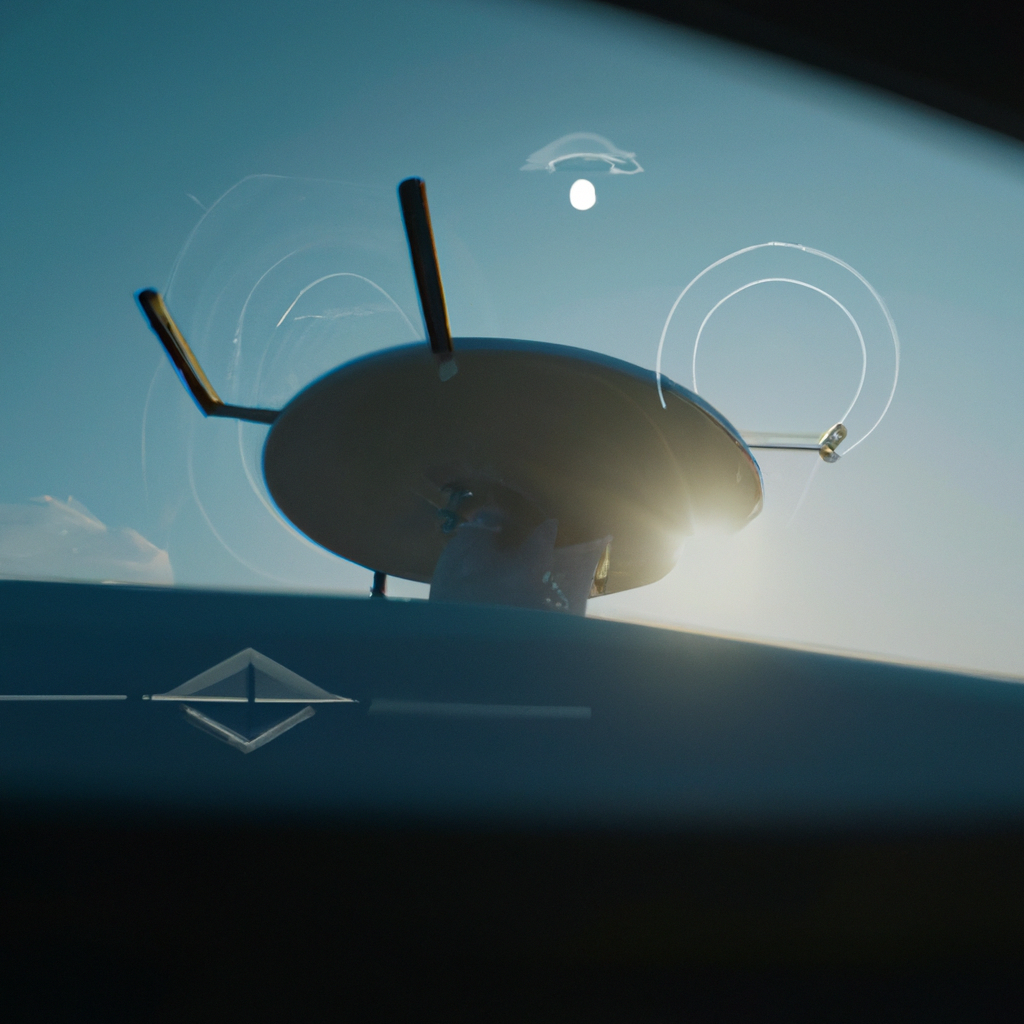Radar Detection: How Does a Radar Detect Objects?
Radar detection is an essential technology that holds countless applications, from air traffic control to weather forecasting, maritime navigation, and military surveillance. But how does a radar detect objects? What is the technology behind it, and how does it work? In this article, we will explore the fundamentals of radar detection, including electromagnetic waves, range resolution, and radar technology, to help you understand how radars detect objects.
Electromagnetic Waves
To understand radar detection, we first need to understand electromagnetic waves. Electromagnetic waves are a form of energy that travels through space at the speed of light. They are characterized by their frequency and wavelength, which determine their properties, such as their energy, polarization, and propagation.
Radar technology uses electromagnetic waves to detect objects in its vicinity. A radar transmitter emits high-frequency electromagnetic waves, typically in the microwave or radio frequency range, which propagate through space until they encounter an object in their path. The waves then bounce back to the radar receiver, which detects their echo and analyzes it to determine the object’s location, distance, size, and other parameters.
Range Resolution
One of the critical parameters in radar detection is range resolution. Range resolution is the ability of a radar to distinguish between two or more objects that are close together. This parameter is essential because it determines the minimum distance that a radar can detect between two objects.
Range resolution is determined by the wavelength of the electromagnetic waves used by the radar. The shorter the wavelength, the better the range resolution. This is because shorter wavelengths can distinguish between two objects that are closer together than longer wavelengths. For example, a radar that uses microwaves with a wavelength of 10 cm can distinguish between two objects that are 5 cm apart, while a radar that uses microwaves with a wavelength of 1 m can only distinguish between two objects that are 50 cm apart.
Radar Technology
Radar technology has evolved significantly since its inception during World War II. Today, there are many types of radars, each with different capabilities and applications. However, all radars operate on the same fundamental principles of transmitting and receiving electromagnetic waves.
Here are the main components of a typical radar system:
1. Transmitter: The transmitter emits high-frequency electromagnetic waves, which propagate through space until they encounter an object.
2. Antenna: The antenna is responsible for directing the electromagnetic waves towards the object and receiving their echo. The antenna can be either directional or omnidirectional, depending on the application.
3. Receiver: The receiver detects the echo of the electromagnetic waves and amplifies it to make it measurable.
4. Signal Processor: The signal processor analyzes the received signal to determine the object’s range, size, location, and other parameters.
5. Display: The display presents the results of the signal processor in a format that is understandable to the operator.
Applications of Radar Detection
Radar detection has numerous applications across various fields, including:
1. Air traffic control: Radars are used to track aircraft in flight and provide information to air traffic controllers.
2. Weather forecasting: Radars are used to track weather patterns, such as rain, snow, and storms, and provide information to meteorologists.
3. Maritime navigation: Radars are used to navigate ships and boats safely, especially in low visibility conditions.
4. Military surveillance: Radars are used for military purposes, such as detecting enemy aircraft, ships, and missiles.
Conclusion
Radar detection is a fascinating technology that has revolutionized many fields, from aviation to weather forecasting and military surveillance. By using electromagnetic waves, range resolution, and radar technology, radars can detect objects in their vicinity and provide valuable information to operators. As radar technology continues to evolve, we can expect even more exciting applications and advancements in the future.







